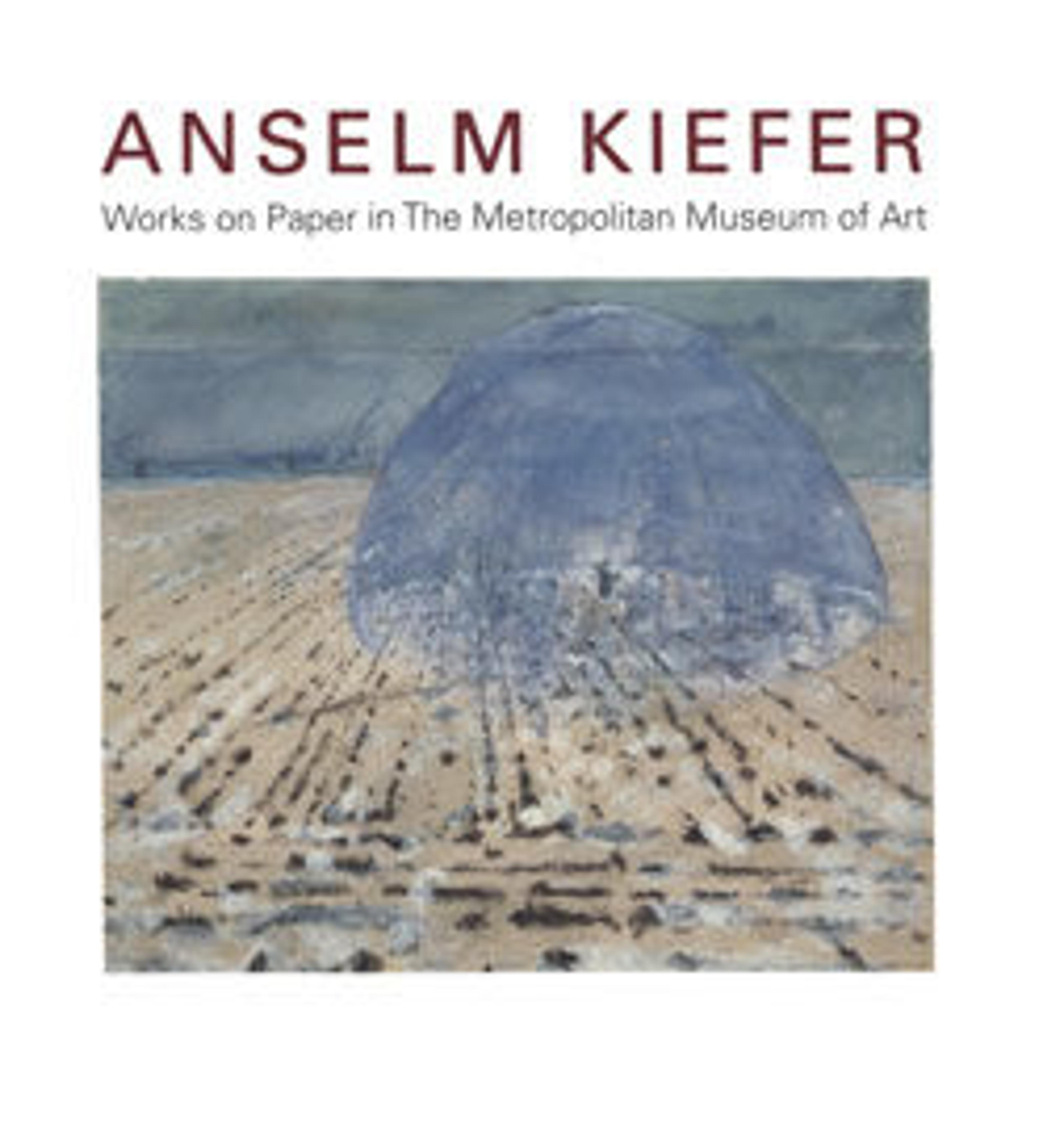Essence/Ex-sistence
In German, the words Essenz and Eksistenz immediately summon the theories of the German philosopher Martin Heidegger (1889–1976) as developed in his landmark treatise Sein und Zeit (Being and Time, 1927). Heidegger coined the hyphenated Ek-sistenz to play on the German word Ecke (corner, or, more abstractly, a specific place), suggesting the isolated position of each human being in the world. The mountains in this drawing, rendered in relief (as in another watercolor from 1975, Wild Emperor, MMA 1995.14.11) and in profile, are emblazoned with Heidegger's neologism. Kiefer was also fascinated by Heidegger's ambiguous relationship to National Socialism. The philosopher had been forbidden to teach for many years after World War II because of his ties to the Nazis yet still became an important influence for many postwar Jewish intellectuals such as Hannah Arendt (1906–1975) and Jacques Derrida (1930–2004).
Artwork Details
- Title: Essence/Ex-sistence
- Artist: Anselm Kiefer (German, born Donaueschingen, 1945)
- Date: 1975
- Medium: Watercolor and opaque watercolor on paper
- Dimensions: 11 3/4 × 15 3/4 in. (29.8 × 40 cm)
- Classification: Drawings
- Credit Line: Purchase, The Barnett Newman Foundation Gift, 1995
- Object Number: 1995.14.17
- Rights and Reproduction: © Anselm Kiefer
- Curatorial Department: Modern and Contemporary Art
More Artwork
Research Resources
The Met provides unparalleled resources for research and welcomes an international community of students and scholars. The Met's Open Access API is where creators and researchers can connect to the The Met collection. Open Access data and public domain images are available for unrestricted commercial and noncommercial use without permission or fee.
To request images under copyright and other restrictions, please use this Image Request form.
Feedback
We continue to research and examine historical and cultural context for objects in The Met collection. If you have comments or questions about this object record, please contact us using the form below. The Museum looks forward to receiving your comments.
